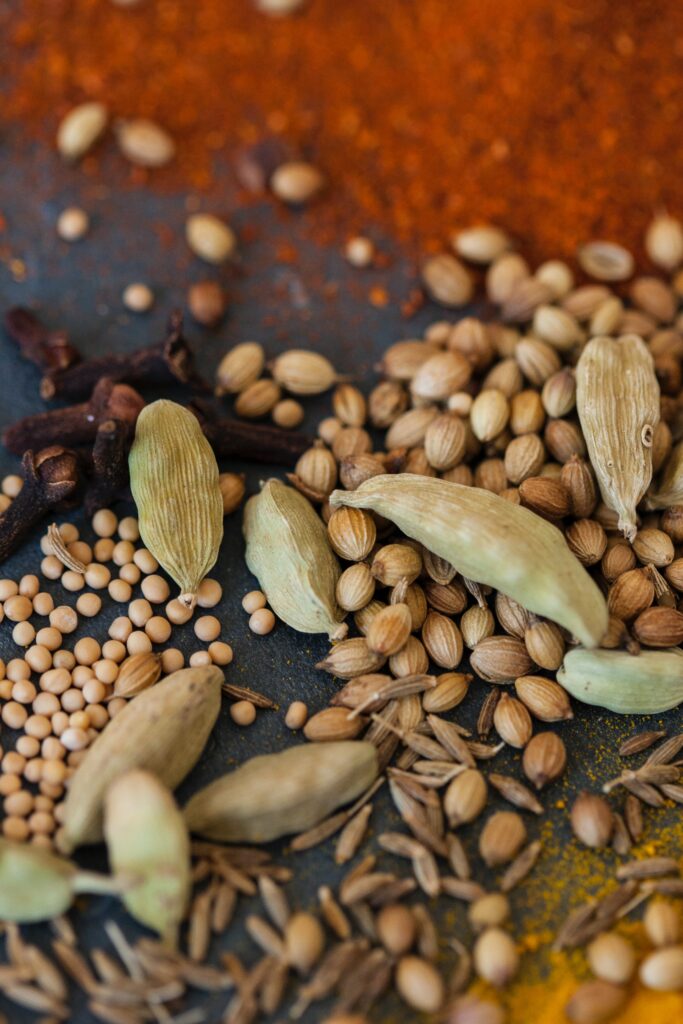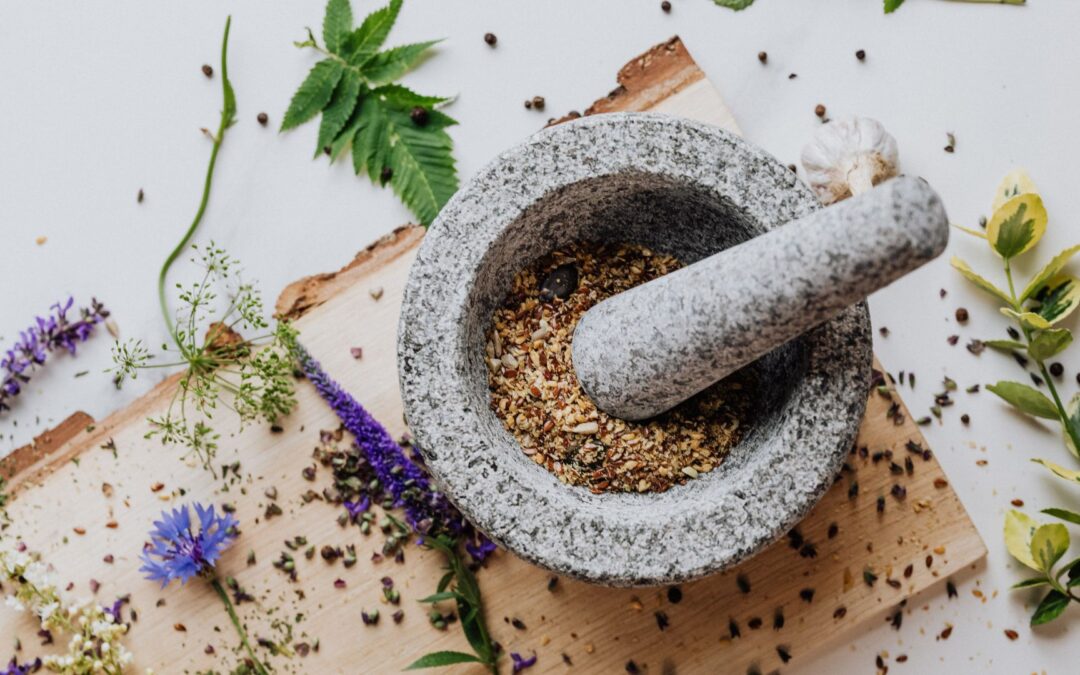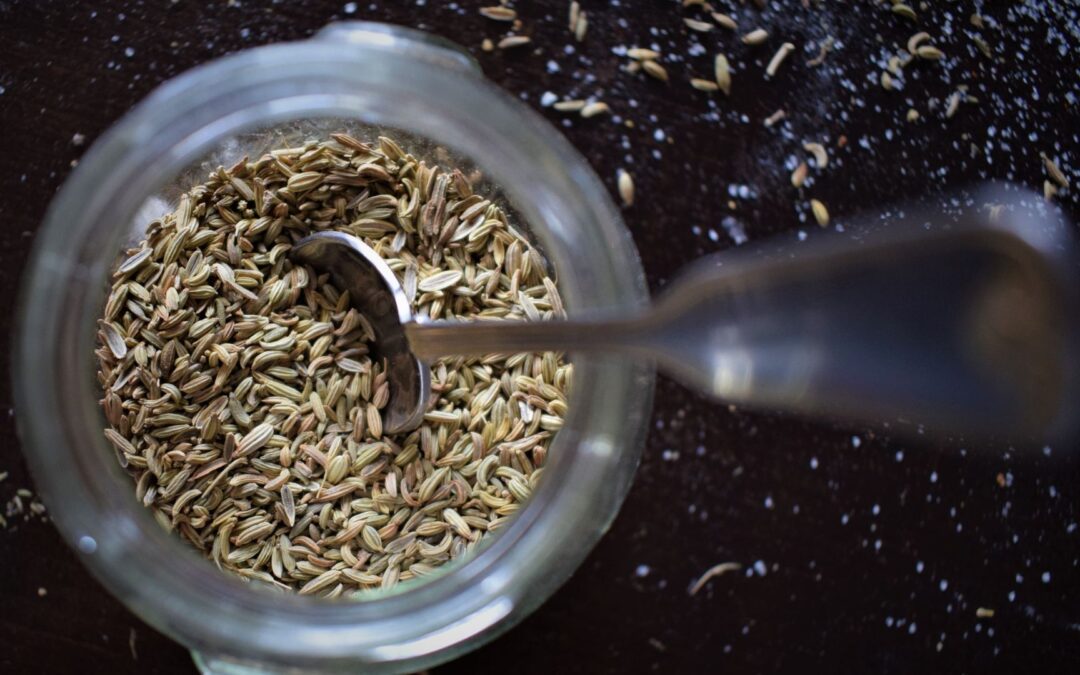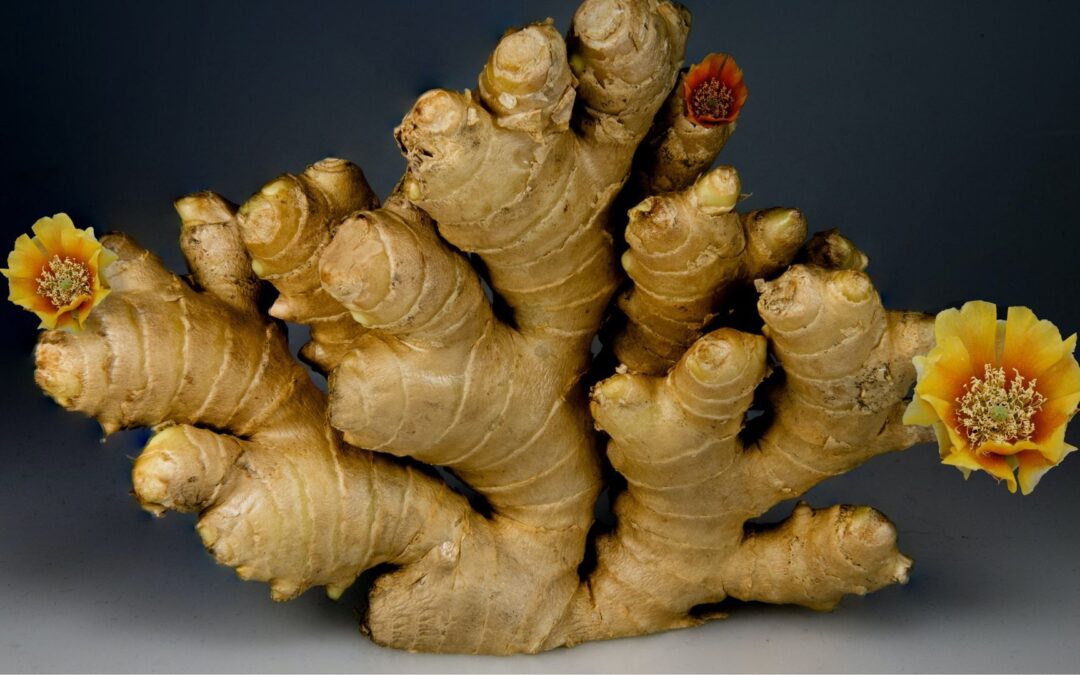Cardamom is a common ingredient in our Asian subcontinent cuisines. It is so common that many of us tend to ignore the important role it plays in not only livening up the deliciousness of our dishes but also providing various health benefits in our day-to-day lives. Nevertheless, cardamom is known to be one of the most versatile spices because of its usage in both sweet and savoury dishes. As such, this little fella carries an enormously heavy title of “Queen of Spices”.
Background of Cardamom
Before diving deep into the various usages of cardamom, let us get introduced to cardamom first. Cardamom, which is known to have a history nearly as old as the human race, is a spice that belongs to the ginger family, also called Zingiberaceae. Cardamom is the fruit from the cardamom plant, and it is recognized by its pod which is shaped like an oval capsule that contains around 15 to 20 dark, reddish-brown to brownish-black, hard, angular seeds, inside. Furthermore, the essential oil inside the seeds is the most vital part of cardamom. As a result, between cardamom pods and ground or powdered cardamom, the former is considered of higher quality because of its ability to impart full flavour within the chosen dishes.
The flavour of cardamom can be described as having a highly aromatic flavour while also containing a warm, albeit slightly pungent taste to it. Moreover, its distinctive flavour can be said to carry somewhat the reminiscent flavour of camphor. In addition to that, cardamom comes in two varieties, such as green pods or also known as ‘true cardamom’, and black cardamom with its duskier brownish pods.
The main difference between these two types is that, on one hand, green cardamom’s flavour is recognized as the standard cardamom flavour. On the other hand, black cardamom has a milder flavour with an added taste of bark and smoke.

While cardamom is prominent, and also in a sense, native to subtropical Asia, it is also produced in other areas such as Guatemala, Malaysia, and Tanzania.
Usage of Cardamom
Firstly, cardamom is pretty much similar to cumin when it comes to its usage in savoury dishes. For example, in South Asian dishes, especially in curries and various meat dishes, cardamom is a popular seasoning. Moreover, in Indian cuisines cardamom is a recurring seasoning. Most of the time, in curries, cardamom is used in the form of garam masala. While in meat dishes, cardamom lessens the gamey taste of the meat as well as acts as an enhancer to increase the umami taste of the meat. Furthermore, cardamom is also used to add aromatic flavor while cooking basmati rice.
Secondly, being called “Queen of Spices”, cardamom makes appearances in sweet dishes as well. For example, in Indian and Bengali sweets, Bengali ‘Payesh’, ‘Shemai’, ‘Fhirni’, cardamom adds an aromatic flavour to it. In addition to that, in Apple pie and Stone-fruit Galette, cardamom plays the important role of a distinctive flavour, which cuts through the heavy sweetness. Furthermore, in Swedish sweet buns (Kanelbullar) and Finnish Cardamom Bread (Pulla), adding cardamom seeds gives these sweet dishes an added crunch to it as well as a warm spicy flavour.
Next, cardamom is also used in beverages as well. For example, in tea, especially chai tea, cardamom is used in various mixtures of herbs and spices to add a spicy and aromatic flavour to the tea. Furthermore, in coffee, adding cardamom can build on a distinctive and complex layer of taste to it, which enhances the fruity bitterness of coffee.
Health Benefits of Cardamom
- The most common positive effect of cardamom is its role as a ‘mouth freshener’.
- Cardamom oil has an antimicrobial ability, which means that its essential oil has the ability to kill several different types of bacteria and fungi.
- The researchers have found that cardamom’s antioxidant and anti-inflammatory effects can help type 2 diabetic patients by improving their haemoglobin A1c and insulin levels.
- By adding cardamom to tea, one can get remedies for various diseases. For example, cardamom can help with digestive ailments such as upset stomach, indigestion, and ulcers.
- Cardamom tea or chai tea is also good for the heart. The anti-inflammatory properties of cardamom can reduce heartburn and blood sugar levels.
- Furthermore, cardamom tea is a calorie-free tea. As such, it can help to weight loss and a healthy diet.
In short, cardamom, also known as “Queen of Spices”, is simply an essential and extremely important seasoning in our everyday life not only because of its various usages in sweet and savoury dishes but also because of its potential health benefits.






